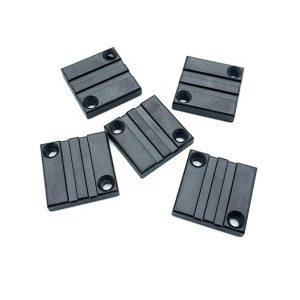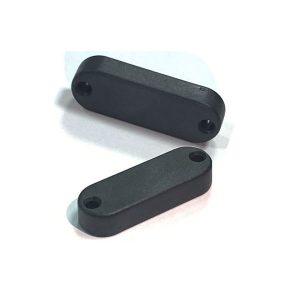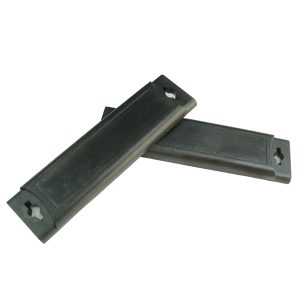RFID tags with high temperature resistance are commonly used in the following applications:
1. Automotive manufacturing: Many bumpers and automotive parts are manufactured under hydraulic circumstances, which demand a high temperature of more than 180 ℃.
2. Mechanical processing: During the machining process, labels are inserted into grooves to track and maintain the machine, maintaining production quality.
3. Medical equipment and tools: High temperature sterilization is a key technique for medical equipment and implements that rapidly warms up in a short amount of time. Tray sterilization typically requires a temperature of 150-170 ℃, but quick sterilization necessitates a higher temperature that can be attained in minutes.
4. Energy industry: Some application scenarios involve oil exploration drilling at temperatures as high as 215 ℃.
Food industry: Sterilize reusable containers at 160 ℃ for 30 minutes.
6. Clothing and linen laundry: RFID high-temperature tags can be used to quickly complete laundry inventory in hotels, hospitals, industries, and other settings where clothing and materials are collected, disinfected, sorted, and distributed.
Types of RFID high-temperature resistant electronic tags
1. High temperature resistant ceramic tags: These tags are made of ceramic materials and can endure temperatures above 250 degrees Celsius. They have good stability and endurance in high-temperature situations.
2. High temperature nylon packing tags: These tags are made of high-temperature resistant nylon materials that can endure temperatures of up to 200 degrees Celsius or more. They are appropriate for use in general high-temperature situations.
3.High temperature resistant silicone bracelets: These bracelets are made of high-temperature resistant silicone and can endure mild temperatures of up to 150 degrees Celsius. They operate effectively in settings that require high temperature resistance but do not have excessive temperatures.
4. Metal RF tags that can withstand high temperatures: These tags are specifically developed for use on metal surfaces. They typically use unique constructions and materials to bypass metals’ obstruction to RF signals and can operate normally in high-temperature situations.
The following are some high-temperature tags and their main parameters:
L:26 * W:26mm* T:5.5mm(Hole:D4mm*2)
Working temperature:
-40°C to +150 °C;
Can stand on 230°C for 30mins;
Can stand on 180°C for 120mins;

Size:L:38*W:13*T:7mm
Working temperature:-30℃-+250℃

Size: 95*25*6mm
Working temperature: 150℃ for long term; 210℃ for 2 hours; 230℃ for 30 minutes

